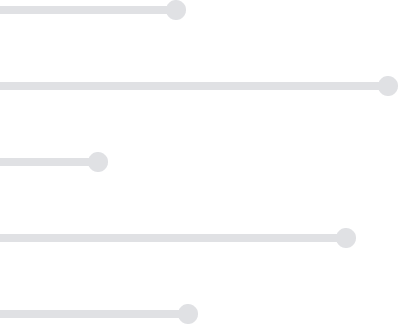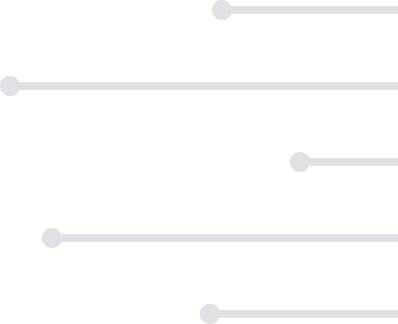
$79
Plus membership
3 Credits
All courses include:
eTextbooks
2 to 3-day turnaround for grading
Multiple chances to improve your grade
On-demand tutoring & writing center
Student support 7 days a week
$79
Plus membership
3 Credits
All courses include:
eTextbooks
2 to 3-day turnaround for grading
Multiple chances to improve your grade
On-demand tutoring & writing center
Student support 7 days a week
Western Civilization I
$79
Plus membership
3 Credits
About This Course
ACE Approved 2025
Our Western Civilization I online course provides a comprehensive overview of the development of early civilizations from Neolithic times to 1715.
What You'll Learn
Identify key moments in the development of Western society.
Describe the social, economic, and political impact that the discovery of the New World had on Europe.
Analyze original historical materials.
Interpret primary sources within their appropriate historical context.
Organize historical events into chronological order.
Justify your thinking with well-organized and well-supported thoughts.
Compare and contrast early Western societies.
Examine the secularization of religious authority to develop a deeper understanding of the political underpinnings of the Medieval world.
Explain the rise and fall of the ancient Greek, Roman, and Egyptian civilizations.
Identify and explain the social and political impact of the Scientific Revolution.


Your Life, Your Schedule, Your Education
Transfer into over 3000+ institutions that accept ACE courses or transfer directly into 180+ partner schools.
request information
Beginning with the emergence of human communities, this course walks students through ancient civilizations and into the rise of Western society. Students will explore the ancient civilizations of Egypt, Rome, and Greece before learning about the Islamic world, Byzantium, the Renaissance, and the Scientific Revolution. Western Civilization I is a broad overview of key events and people that shaped the course of Western society. Students will explore these topics through readings, videos, and direct engagement with primary sources.
There are no prerequisites to take Western Civilization I.
| Topic | Subtopic |
|---|---|
| The Roots of Western Civilization |
|
| The Contest for Excellence |
|
| The Hellenistic World, 336-150 B.C.E. |
|
| The Rise of Rome, 753-265 B.C.E. |
|
| The Roman Empire, 31 B.C.E. - 410 C.E. |
|
| Western Kingdoms, Byzantium, and the Islamic World, ca. 376-1000 |
|
| The Early Middle Ages, c. 750-1000 |
|
| The High Middle Ages, 1000-1300 |
|
| The Late Middle Ages, c. 1300-1500 |
|
| The Renaissance, c. 1300-1640 |
|
| Religious Reform and Warfare, 1500-1648 |
|
| European Expansion 1450-1700 |
|
| Europe's Social and Political Order, 1600-1715 |
|
| The Scientific Revolution and the Enlightenment, 1600-1800 |
|
Your score provides a percentage score and letter grade for each course. A passing percentage is 70% or higher.
Assignments for this course include:
- 3 Reflective Responses
- 2 Assignments
- 3 Mastery Checks
The required eTextbook for this course is included with your course purchase at no additional cost.
SSherman, Dennis and Salisbury, Joyce. The West in the World, 5th edition, McGraw-Hill, 2014, ISBN:
9780073407036
Wilson, Julianna. Western Civilization I, Achieving the Dream, 2020
Wilson, Julianna. Western Civilization II, Achieving the Dream, 2020
Western Civilization I students also take:
Helpful resources:







